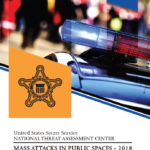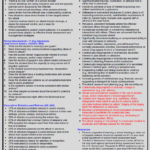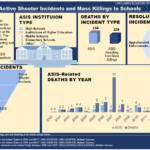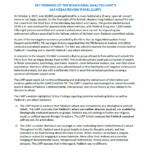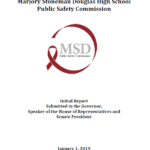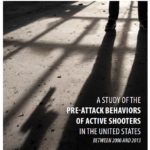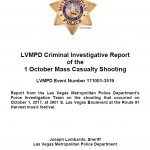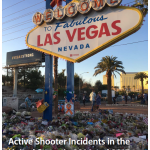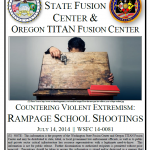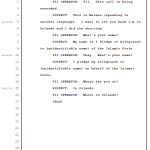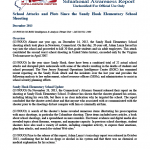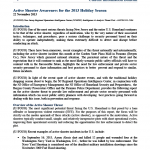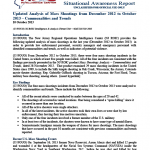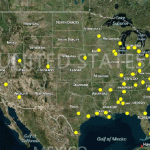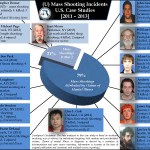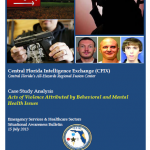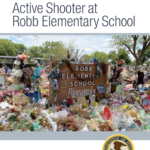
On May 24, 2022, a mass shooting at Robb Elementary School in Uvalde, Texas, shook the nation. With just two days left in the school year, a former student armed with an AR-15 style assault rifle took the lives of 19 students and two teachers, physically injured at least 17 others, and left countless families, friends, and a community grief-stricken for their unimaginable loss. In the aftermath of the tragedy, there was significant public criticism of the law enforcement response to the shooting. At the request of then Uvalde Mayor Don McLaughlin, the U.S. Department of Justice (DOJ) announced on May 29, 2022, that it would conduct a Critical Incident Review (CIR) of the law enforcement response to the mass shooting. Recognizing that “[n]othing can undo the pain that has been inflicted on the loved ones of the victims, the survivors, and the entire community of Uvalde,” the Attorney General stated that the goal of the CIR was to “assess what happened and to provide guidance moving forward.”

